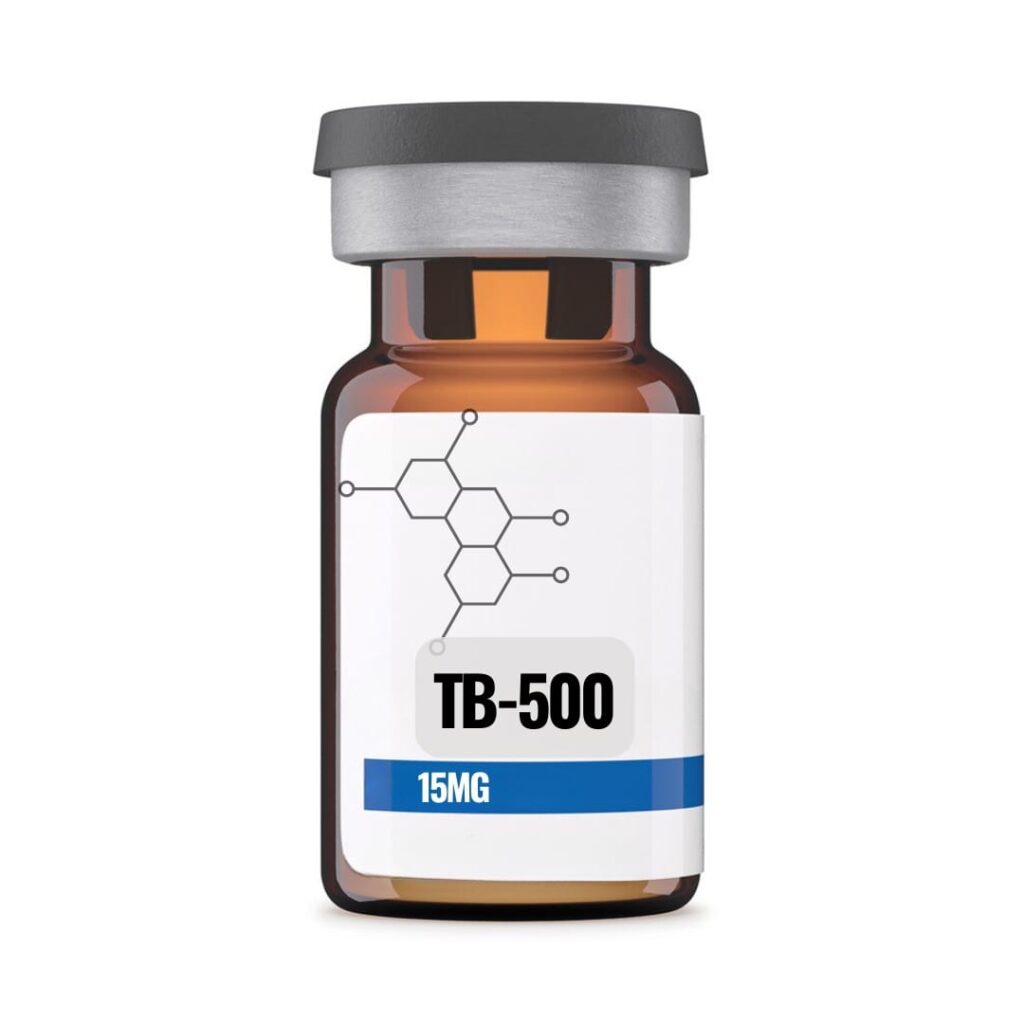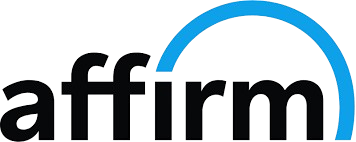
TB-500
TB-500 is a peptide known for its wound healing and cellular regenerative effects.

As low as $17/mo with affirm
Compound Overview
Class of Compound:
Peptide
Mechanism of Action:
TB-500 upregulates the cell-building protein actin, a key component of cell structure and movement, while blocking actin polymerization. It has also been shown to promote angiogenesis, likely through the Notch signaling pathway.
Notable Studies:
Also Known As:
Thymosin beta-4, timbetasin
Applications:
- Wound healing
- Inflammation
- Injury recovery
- General anti-aging
Risks:
- Prohibited by WADA
- Limited clinical studies
- No FDA review or approval
TB-500 is the synthetic version of a natural compound called thymosin-beta-4. It has been used in both test-tube and animal studies, along with a small number of human trials, having been found to promote wound healing, muscle repair, joint and tissue strength, and endothelial health.
Thymosin-beta 4 was first identified in 1981 after being isolated from a bovine thymus gland sample [1]. In the early-2010’s, the synthetic version TB-500, which had been developed for veterinary purposes, was rumored to be rampantly used in competitive horse racing — giving horses receiving it a significant competitive edge against other horses. It was at this time that testing measures to detect TB-500 in race horses began to be developed in earnest [2].
TB-500, Thymosin beta-4, and all other derivatives thereof are now banned from competitive horse racing, as well as all sporting competitions subject to the Code of the World Anti-Doping Agency (WADA) [3].
What Does TB-500 Do?
TB-500 has been found in most cells in animals and humans. It is a chain of 42 amino acids. It is also known as timbetasin, and has a chemical structure of C212H350N56O78S and a low molecular weight [4].
The primary function of thymosin beta-4 is in cell repair and regeneration. It exhibits most of its actions through the sequestering of actin, which — in the simplest of terms — means that it keeps actin in place. In the event of an injury, thymosin beta-4 would sequester actin at the site of the injury, signaling a cascade of other reactions to occur.
Because actin is a key component of connective tissue, this actin-sequestering action of thymosin-beta 4 helps promote connective tissue healing and regeneration. This activity also signals for the body to begin migrating other stem or progenitor cells to the site where repair is needed. Thymosin beta 4 helps those cells to differentiate into, for example, myocytes (muscle cells), epithelial cells, or other connective or vascular cells to repair the area and rebuild the tissue [1, 5].
